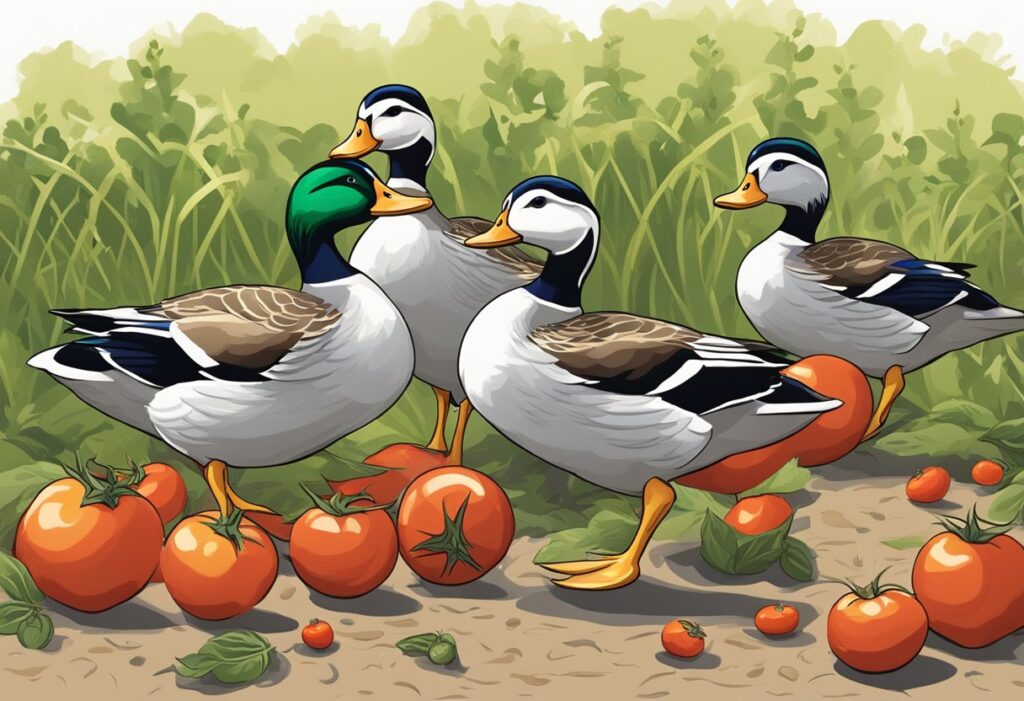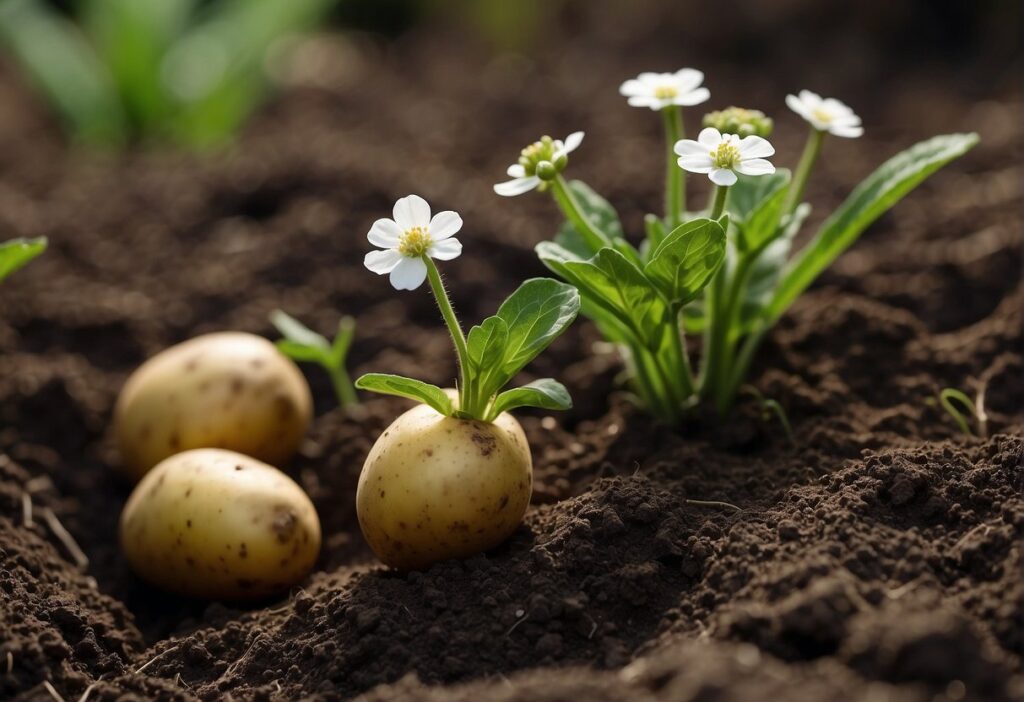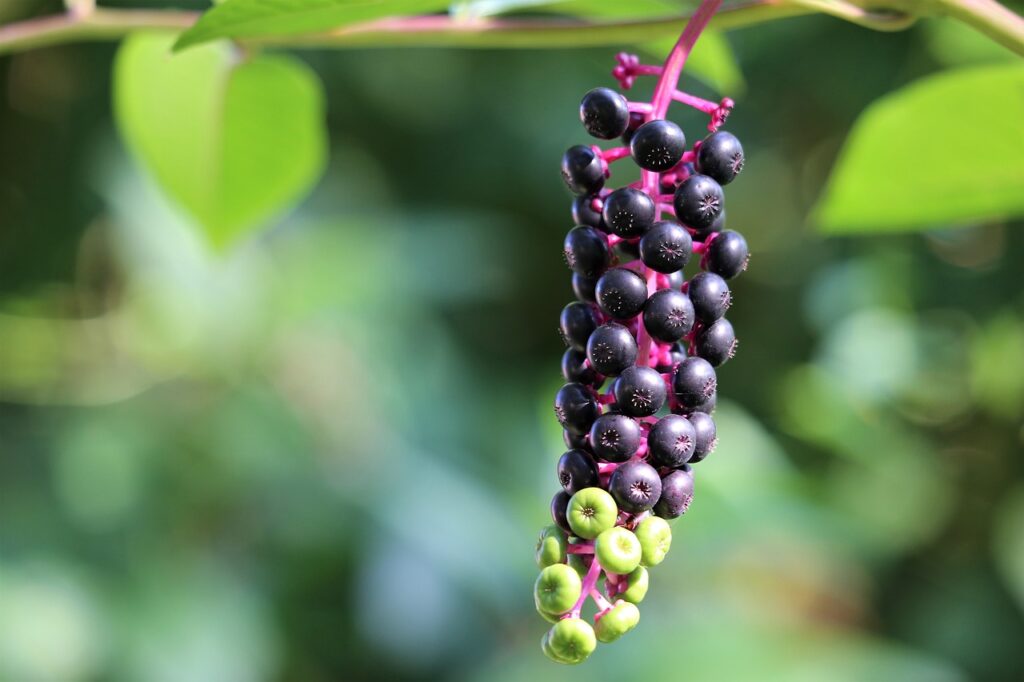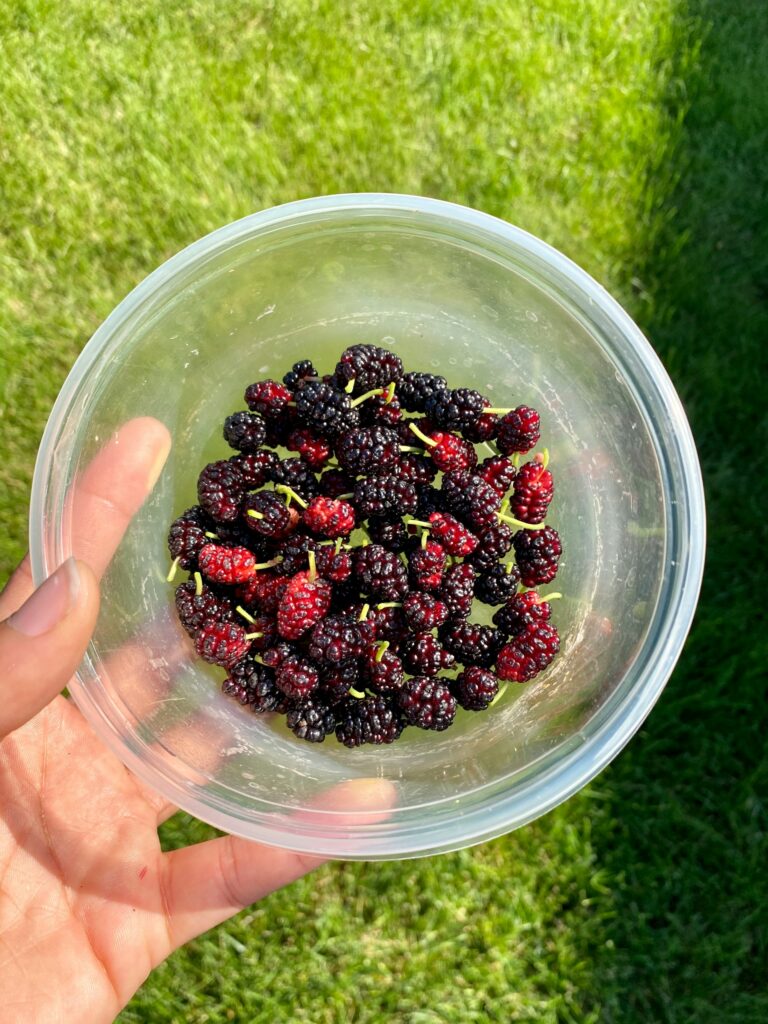
Determining whether an orange is bad involves looking out for specific signs that indicate spoilage. Oranges, with their vibrant color and sweet, tangy taste, are popular fruits enjoyed worldwide. However, like all perishable items, oranges can go bad over time, making it crucial to recognize the signs of a spoiled fruit. Knowing the indicators of a bad orange can help prevent consuming a fruit that might taste unpleasant or, worse, cause foodborne illness.
Several indications can help identify if an orange is no longer good to eat. These signs include a soft, mushy feel when lightly pressed, discoloration on the skin, such as dark or brown spots, and an off or sour smell, which is particularly noticeable when the fruit is cut open. Mold is a clear indication that an orange should not be eaten. The presence of mold appears as fuzzy green, black, or white spots on the fruit’s skin or on the inside when peeled.
Key Takeaways
- Spotting a bad orange involves checking for softness, discoloration, bad smell, or mold.
- Good storage practices enhance the lifespan and quality of oranges.
- Consuming bad oranges poses health risks, thus proper disposal is essential.
Identifying Signs of a Bad Orange
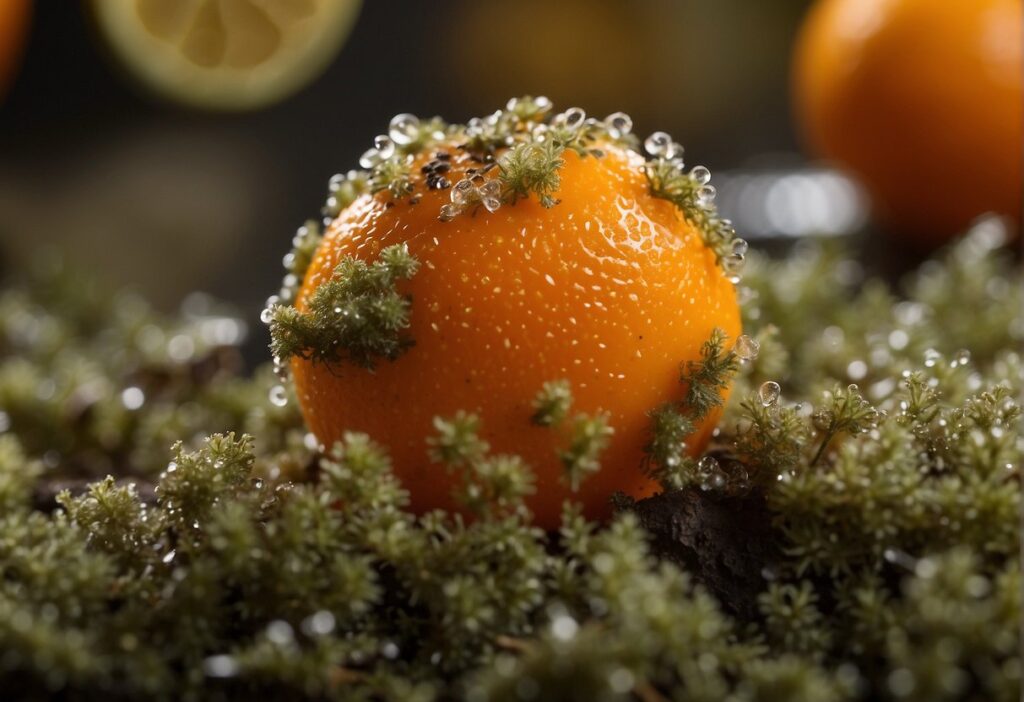
Determining the quality of an orange is crucial for ensuring a good eating experience. One must inspect the fruit carefully for any signs that indicate spoilage, such as discoloration, mold, or an unpleasant smell.
By Appearance
When examining an orange, its appearance is a telltale indicator of its condition. Fresh oranges should have a vibrant orange color. Signs of a bad orange include:
- Discoloration: Any brown spots or unusual blotches on the rind suggest decay.
- Mold Growth: Presence of fuzzy blue-green or white mold is a clear sign of spoilage.
By Texture
The feel of the orange’s skin can also provide insights into its freshness.
- Rind Firmness: A ripe orange should have a slightly soft but firm rind. If the rind feels excessively soft or cave in easily upon gentle pressure, the fruit may be overripe or spoiled.
- Slimy Texture: Any sliminess on the rind or zest indicates that the orange is no longer fresh.
By Smell and Taste
Finally, smell and taste are reliable methods to assess an orange’s quality.
- Foul Odor: A fresh orange should have a sweet, citrusy smell. An off-putting smell indicates spoilage.
- Taste Test: Should the orange pass the visual and tactile inspections, a small taste can be the final check. A sour or fermented taste signifies that the orange has gone bad.
Proper Storage and Handling
Proper storage and handling are crucial to maintaining the quality and extending the shelf life of oranges. By keeping them in optimal conditions, one can ensure that the fruit remains fresh and safe to consume.
At Home Storage
For fresh oranges, room temperature is conducive to maintaining their quality for a short period. Typically, oranges are best stored in a cool, well-ventilated space such as a pantry. However, if the ambient temperature is warm, placing the fruit in the refrigerator can help preserve its freshness. It’s important to keep them in the fruit compartment of the fridge to avoid excess moisture, which can lead to spoilage.
- Room Temperature: Typically between 60°F -70°F (15°C – 21°C)
- Refrigerator Temperature: 38°F – 48°F (3°C – 9°C)
Extending Shelf Life
To extend the shelf life of oranges, one should consider refrigerating them, especially when stored for more than a week. Oranges kept in the fridge can last up to two weeks. For long-term storage, oranges can be frozen, but one must ensure that the freezer is at the appropriate temperature to prevent freezer burn.
- Fridge Storage: Up to two weeks
- Freezer Storage:
- Whole Oranges: Not recommended
- Frozen Oranges: Peeled, sectioned, and stored in an airtight container or heavy-duty freezer bag
Handling and Prep
When preparing to consume oranges, it is vital to handle them properly. Before eating or cutting into an orange, one should wash the fruit under running water to remove any dirt or potential contaminants. After washing, cut oranges should be consumed quickly or stored properly in the refrigerator to prevent them from drying out or collecting bacteria.
- Prep Steps: Wash, Peel, Section
- Post-Cut Storage: Immediately refrigerate in an airtight container if not consumed right away
Recognizing Freshness and Quality
When selecting oranges, one should focus on texture, aroma, and firmness to determine quality. Ripeness and nutrient content are critical to ensure one enjoys the best taste and health benefits.
Selecting Fresh Oranges
To ensure one selects the freshest whole oranges, they should:
- Look for: A bright, evenly colored skin without blemishes.
- Feel for: A firm texture that gives slightly under pressure, indicating a juicy interior.
- Check for: A pleasant, citrusy aroma; a strong scent often denotes freshness.
It’s important to note that seasonality affects orange quality. Oranges are generally fresher and more nutrient-rich during their peak season.
Assessing Ripeness
A ripe orange offers the best balance of flavor and nutrients like vitamin C. Here’s how to tell if an orange is ripe:
- Color: Ripe oranges have a uniform color with no green patches.
- Texture: They should feel heavy for their size, suggesting they are full of orange juice.
- Skin: Smooth skin with a fine texture often indicates a ripe orange.
One should avoid oranges that feel spongy or have a dull color, as these may be overripe or lacking in flavor.
Health Aspects
The health benefits of oranges are maximized when they are at peak ripeness. Consider the following:
- Vitamin C: A key nutrient in citrus fruits, crucial for immune system support.
- Fresh Juice: Using a juicer to extract juice from fresh, ripe oranges maximizes nutrient intake.
Fresh oranges are a wholesome choice, providing essential nutrients without additives found in pre-packaged orange juice.
Health Implications and Disposal
Identifying bad oranges is crucial to avoid the health risks associated with spoiled fruit. Effective disposal methods ensure prevention of foodborne illnesses.
Risks of Consuming Bad Oranges
Consuming oranges that have gone bad can lead to food poisoning due to the growth of bacteria on the spoiled fruit. Specific signs that an orange has spoiled include mold presence, off smell, and a soft or spongy texture. These indicators often point to bacterial growth, which can cause symptoms such as nausea, vomiting, and diarrhea if ingested.
- Mold Presence: A visible sign of spoilage; do not consume.
- Off Smell: Indicates significant bacterial activity; consumption can lead to illness.
- Soft and Spongy Texture: Often a result of overripening, which increases the risk of bacteria.
When to Discard
An orange should be thrown away if it exhibits any of the above spoilage signs, or if it is past its expiry date, which typically suggests that the fruit’s quality has degraded to an unsafe level.
- Expiry Date Passed: Always discard oranges beyond this date.
- Visible Signs of Spoilage: Mold, unusual smell, or a soft texture are clear cues to throw away the orange.
Discarding bad oranges should be done responsibly, preferably in a sealed bag to prevent the spread of bacteria. Remember that unripe oranges that simply need more time to ripen may still be good, but overripe or soft and spongy oranges should typically be disposed of to avoid health risks.

